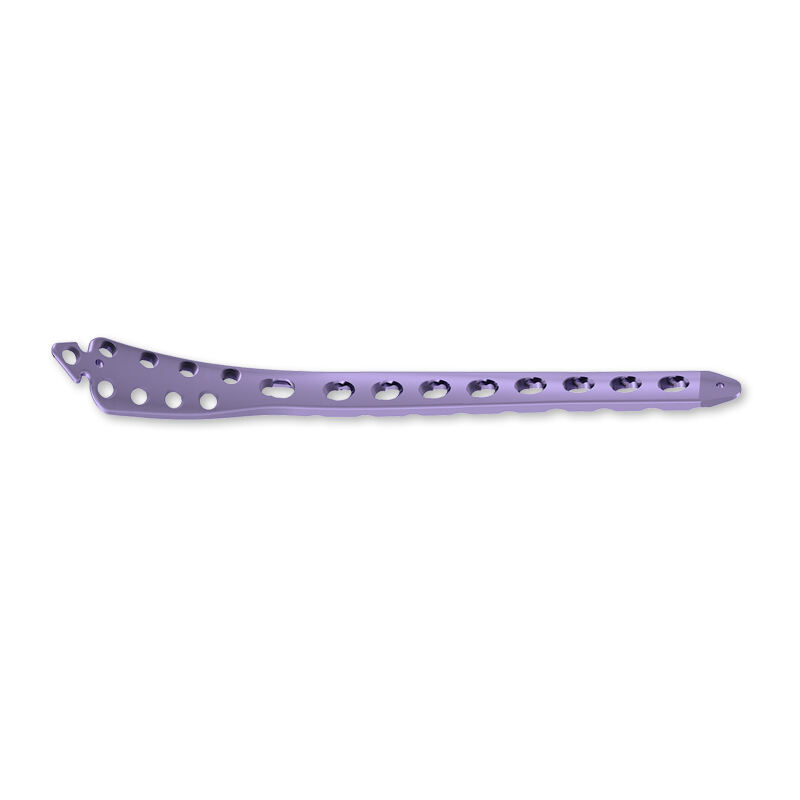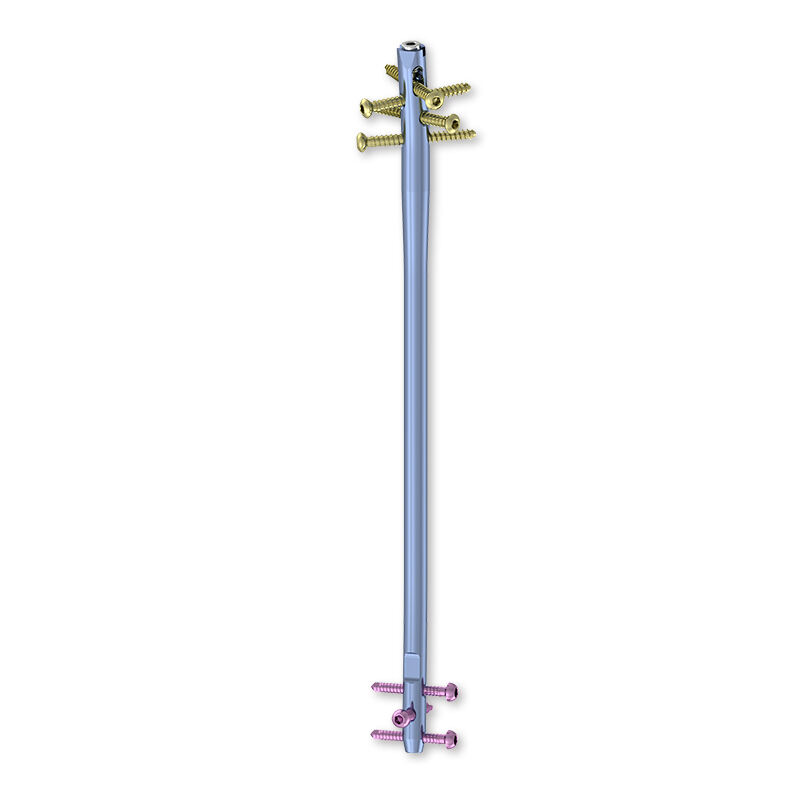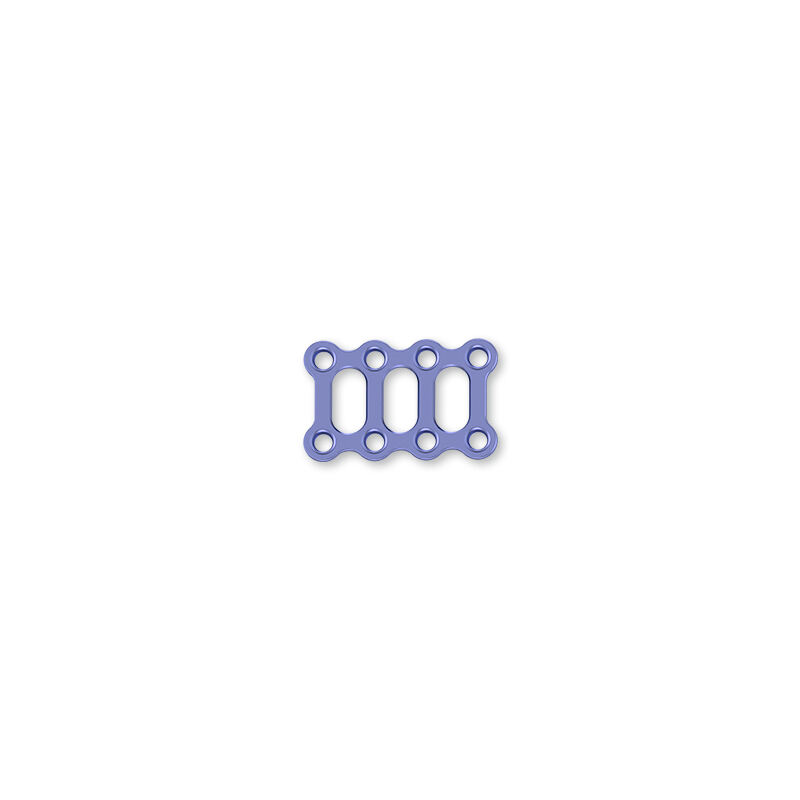penetapan tulang belakang lumbar
Perbaikan tulang belakang lumbar adalah teknik bedah yang dirancang untuk menstabilkan bagian bawah tulang belakang dengan menyatukan dua atau lebih vertebra. Fungsi utamanya adalah untuk mengurangi rasa sakit dan mengembalikan stabilitas yang disebabkan oleh kondisi seperti patah tulang, herniasi diskus, atau deformitas tulang belakang. Fitur teknologi termasuk sistem implan canggih yang terbuat dari bahan biokompatibel yang dirancang untuk meniru struktur alami tulang belakang, memungkinkan integrasi yang lebih mulus dengan anatomi pasien. Sistem ini sering dilengkapi dengan komponen modular untuk mengakomodasi berbagai pendekatan bedah dan kebutuhan spesifik pasien. Dalam hal aplikasi, perbaikan tulang belakang lumbar digunakan dalam berbagai kasus mulai dari penyakit diskus degeneratif hingga trauma tulang belakang, menawarkan solusi yang dapat diandalkan bagi mereka yang menderita nyeri punggung kronis dan ketidakstabilan.



